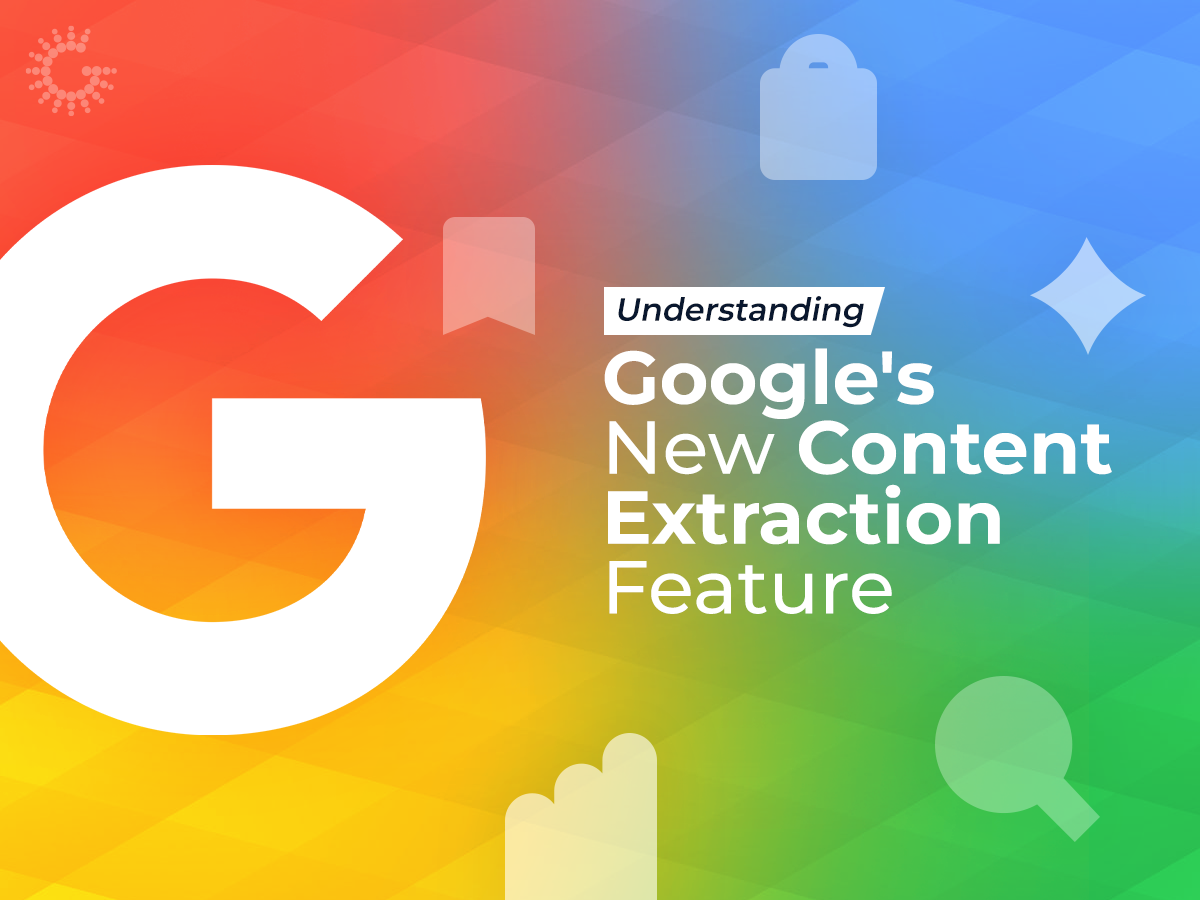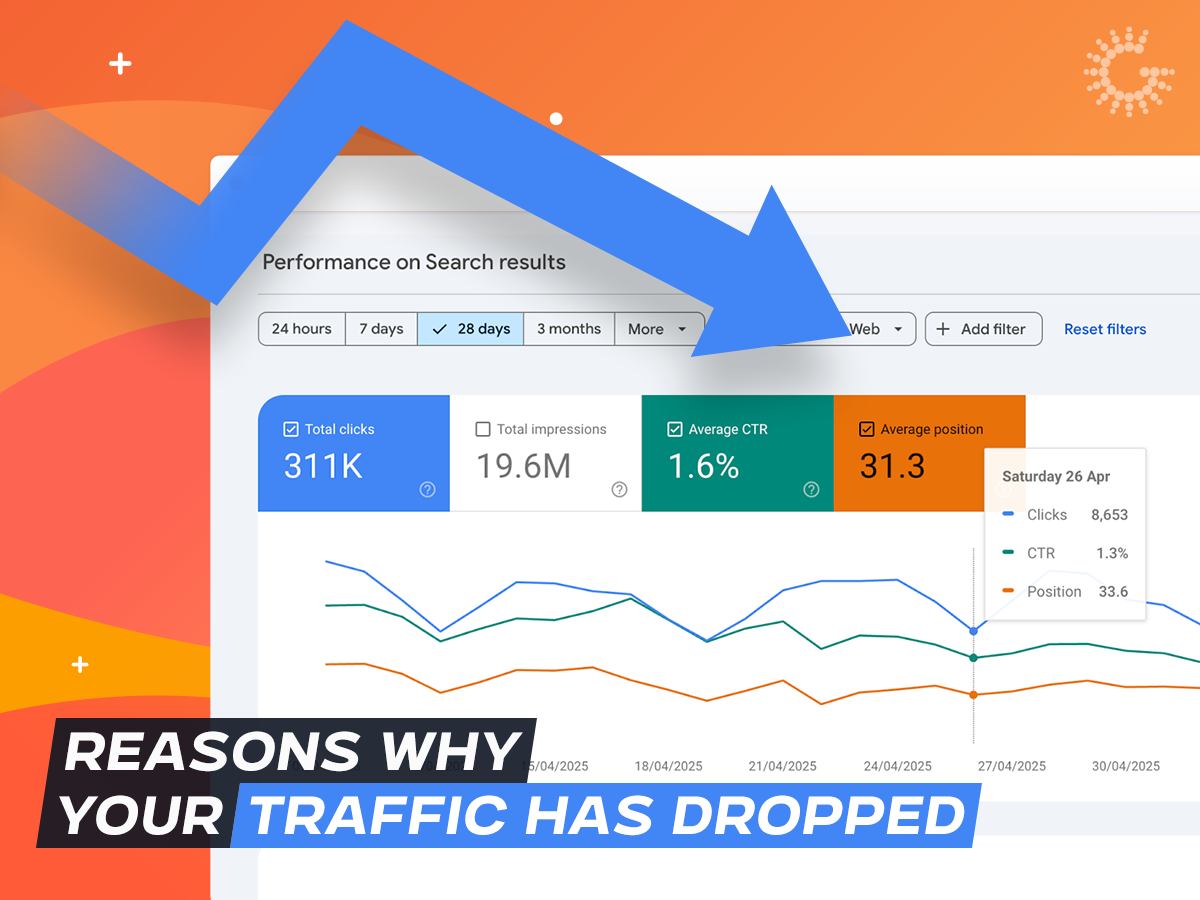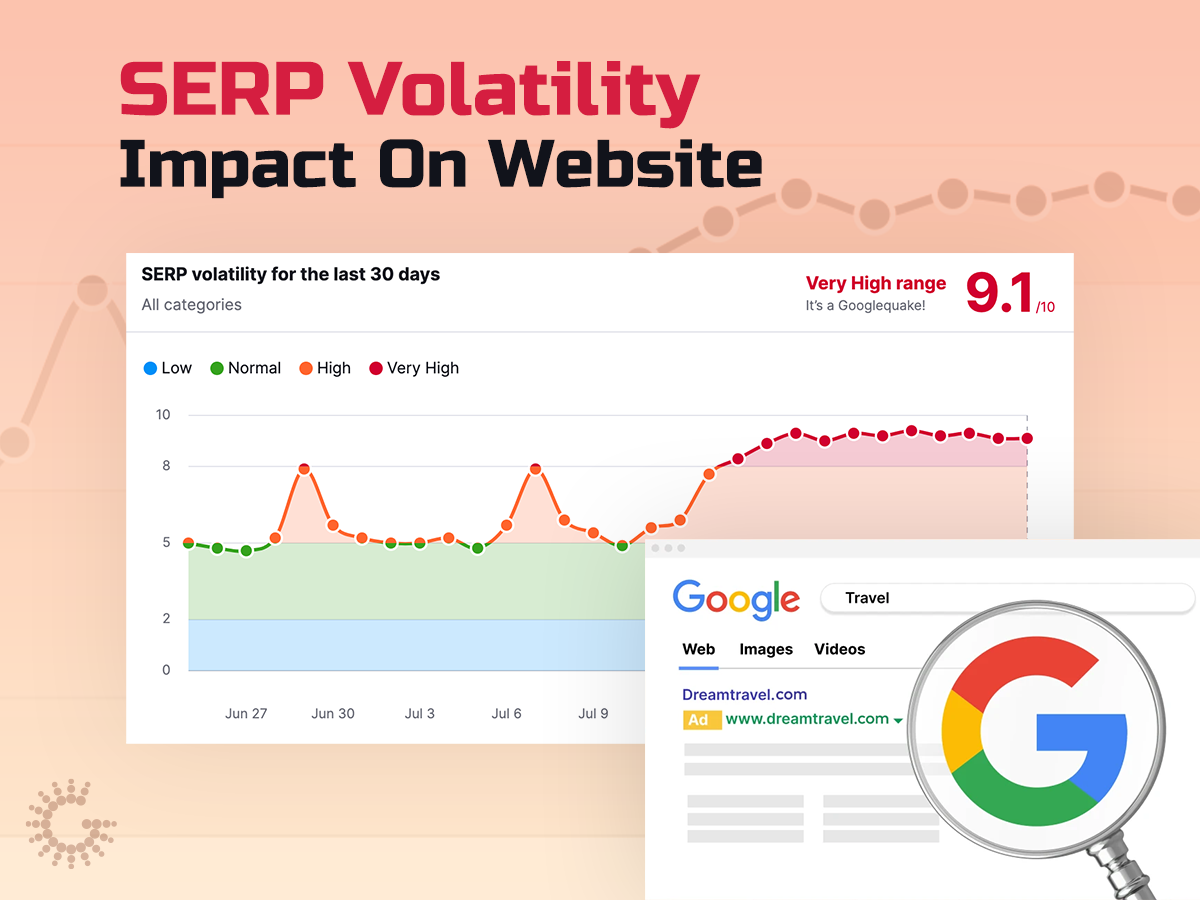Thanks to a new feature launched by Google in April, if you now post something on your public social media account, Google can feature it on its own platforms. For example, if you upload an Instagram post about your new product launch, that post could appear in Google search results when people look for your brand.
On the one hand, this could get more people to see your content without you paying for ads. But there’s a catch.
You don’t get to choose what Google shows. Google makes that decision.
For that reason, every public post you share has to be accurate and on-brand. Because if Google extracts a random post that does not match your brand messaging, that is what people might see first when they search for you.
Below, we will explain how this new Google feature works. More importantly, we will share tips to keep it working in your brand’s favor.
What is Google’s automatic marketing content extraction for social media?
This is a system where Google pulls snippets of promotional content directly from your verified business information. It then displays those snippets in search results.
The idea is that more people can see your brand without you paying for ads or doing a lot of SEO work. Your best social posts automatically surface when people search for your business.
But Google is not creating new content for you. It reuses content that you have already posted.
This sounds like free exposure. But before you get too excited, let’s talk about the risks.
3 main risks of Google featuring your marketing content
Google’s new feature might sound like a marketer’s dream, but it comes with a few strings attached.
1. Outdated/wrong information
Imagine you ran a big sale six months ago. To promote the sale, you uploaded a post on Instagram that said, “50% off this weekend only!”
What if that post is still on your page and Google decides to feature it in search results?
Now someone sees this old sale promotion, clicks on your page for a deal, and instead finds normal prices. That is not a good look for your business.
2. Inconsistent brand voice
Your brand voice is how people recognize you. And keeping that voice consistent is how people trust you.
But what if Google extracts older social media content that no longer sounds like you?
If someone sees those older posts first, they might see mixed messages about your business. The more confusion, the less trust.
3. Lack of control over public content
You don’t get to choose what Google shows or when it shows it. A random tweet you wrote years ago could suddenly become the thing people see first when they search for your business.
So what do you do if Google surfaces a post like that?
Simple. Work under the assumption that anything public could be surfaced. Delete or archive outdated content. If it is online and public, expect that Google could feature it, even years later.
What are the best practices for handling social media with Google content extraction?
Google’s algorithms can extract snippets from your social media posts and show them in search results. It can be helpful if Google chooses the right posts. But if you are not careful, this algorithm can backfire and confuse your potential customers.
You will want to make sure that anything extracted by Google actually benefits your brand. Here’s what you should keep in mind for that:
1. Keep your messaging simple
Write like a real person. Use short sentences and simple words. If your post is too long or confusing, people will tune out, and so will search engines.
2. Be careful with time-sensitive posts
“Flash sale this weekend only!” is a compelling ad. But what if Google shows this ad three months after the sale? Now you could have potential customers thinking that the sale is still happening. Not a good impression.
If you must post limited-time offers, set a reminder to delete them later.
3. Optimize the first line of each post
The first line of your post could be the only part that Google shows in search results. So that one sentence has to convey the entire message. Make it catchy and make it sound like your brand.
4. Follow a clear strategy
Before you upload a post, you should know who you are talking to and what you want them to know. When you have a clear strategy, all of your posts sound like they have the same voice. This is how you make sure that only the right message gets out there.
What are the best ways to manage your social media content across Google?
If Google is pulling information from your social media, you want to make sure it looks good. Here’s how you can do it:
1. Review your content regularly
Don’t wait until someone calls or emails you regarding an outdated sale. Take a few minutes every couple of weeks (or at least once a month) to check your public posts and see what appears on Google.
2. Use the free tools Google gives you
Google Business Profile, Search Console, and Merchant Center. All of these tools are free, and they will help you see how your business appears on Google. They can even send you an alert when any information changes.
3. Keep your social media accounts well organized
If Google can see it, the public can see it too. Archive or delete posts that don’t fit the image you want anymore. A clean and consistent page will give Google relevant content to display.
4. Prepare a plan for quick responses
What if an old promotional post or tweet resurfaced? That’s when you should have a quick-response plan. Know ahead of time who makes the decisions and who removes them. The faster you handle it, the less damage it can do to your business reputation.
TechGlobe IT Solutions can help you protect your brand and expand your reach
Google’s automatic content extraction presents a big opportunity for businesses. But it also raises the stakes.
At TechGlobe IT Solutions, we help businesses maintain a promising online reputation. Our SEO team will make sure that your content is optimized for search. Our writers will keep your brand voice clear and consistent. We will manage everything so Google only shows the best version of your brand.
Want to look good everywhere your audience finds you? Let’s talk.
Frequently Asked Questions (FAQs):
What is Google’s automatic marketing content extraction?
It’s a system where Google extracts content from your verified business information and public social accounts, and then shows it in search results.
Why is this feature important for businesses?
Because it gives you more visibility in search results without all the hard work. But it also means you must keep your content optimized, or you risk confusing your audience.
What are the main risks of Google’s automatic content extraction?
Outdated posts resurfacing, inconsistent messaging across platforms, and losing control over what Google decides to feature. These are the main risks.
How can old or inaccurate content weaken my brand?
Expired promos or discontinued products make you look unprofessional.
Why is a consistent brand voice important?
People trust brands that feel familiar. If your voice changes from one platform to another, it will be harder to build that trust.
How do I control what Google surfaces?
You can’t fully control it, but you can regularly review your content and remove outdated posts.
What are the best practices to follow when posting on social media?
Write clearly, avoid time-sensitive information unless you plan to remove it, make the first line count, and follow a clear strategy.
Why avoid time-sensitive information?
Because a post about a “weekend-only” sale looks bad if it shows up six months later.
How do I keep track of what Google shows from my social media?
Set a review schedule, use Google Business Profile and Search Console, and fix any outdated information as soon as possible.
What internal processes can protect my brand?
Have a plan for who checks and who updates. The faster you act, the less risk of confusion.



